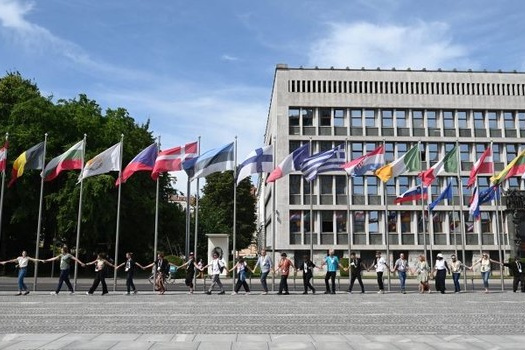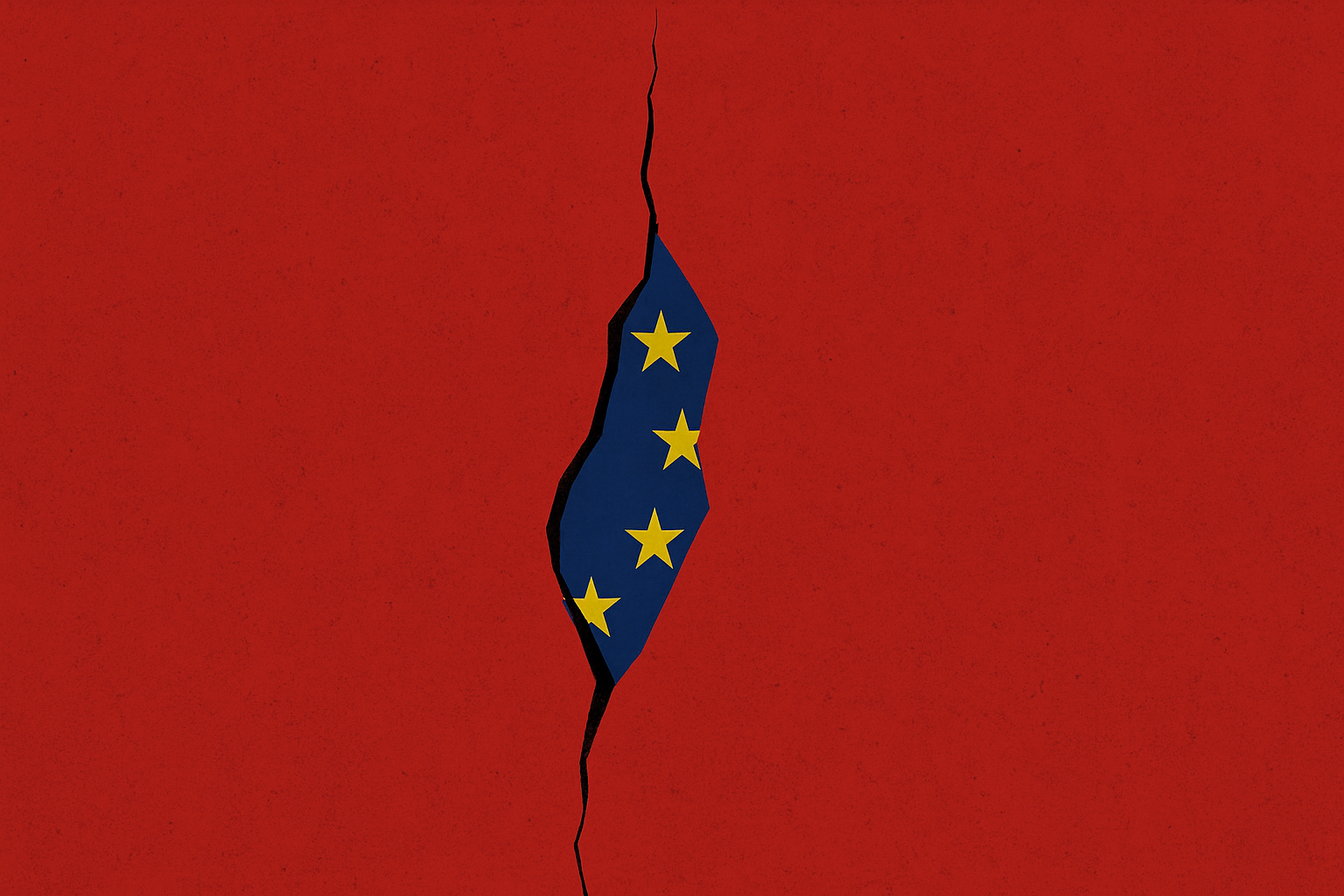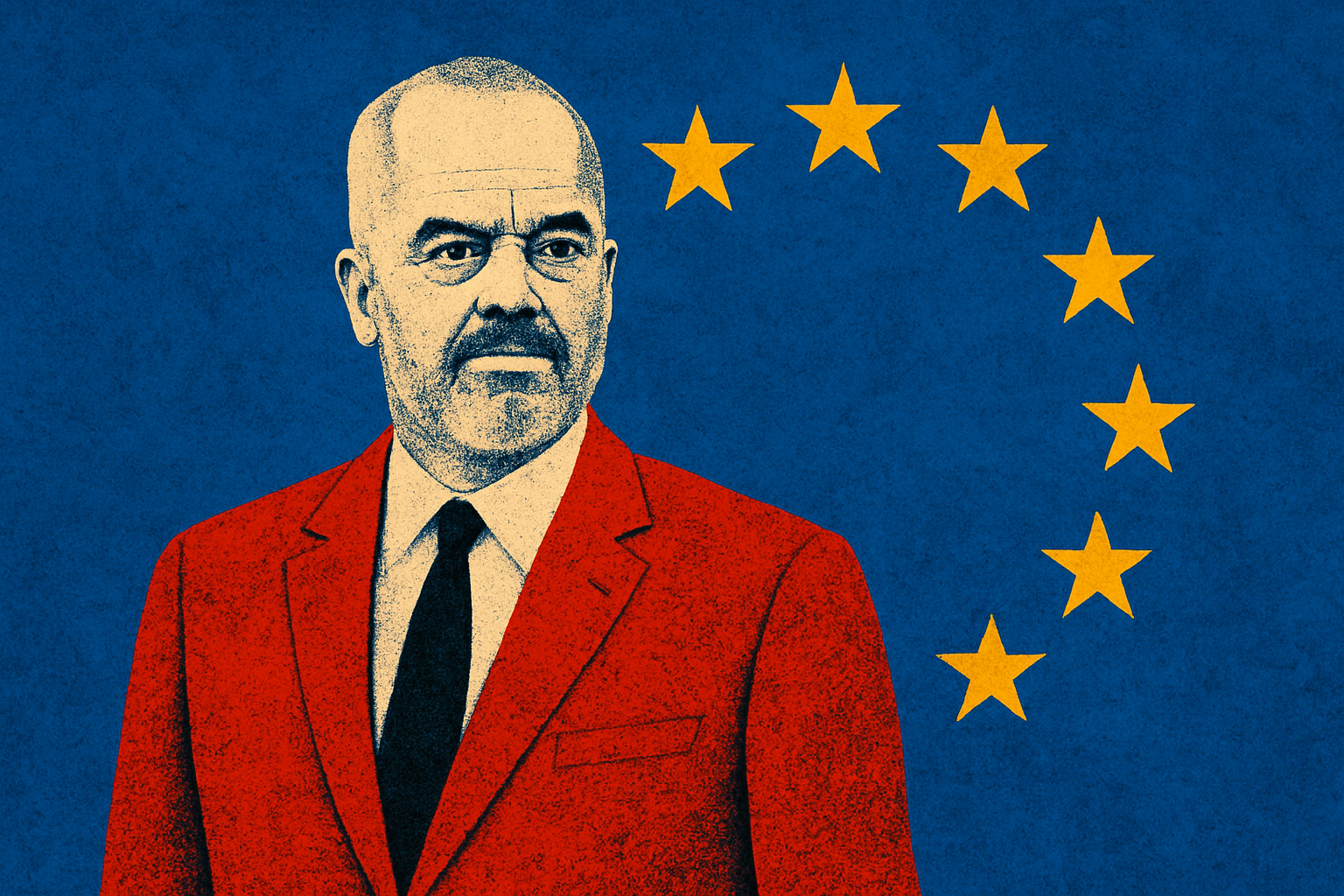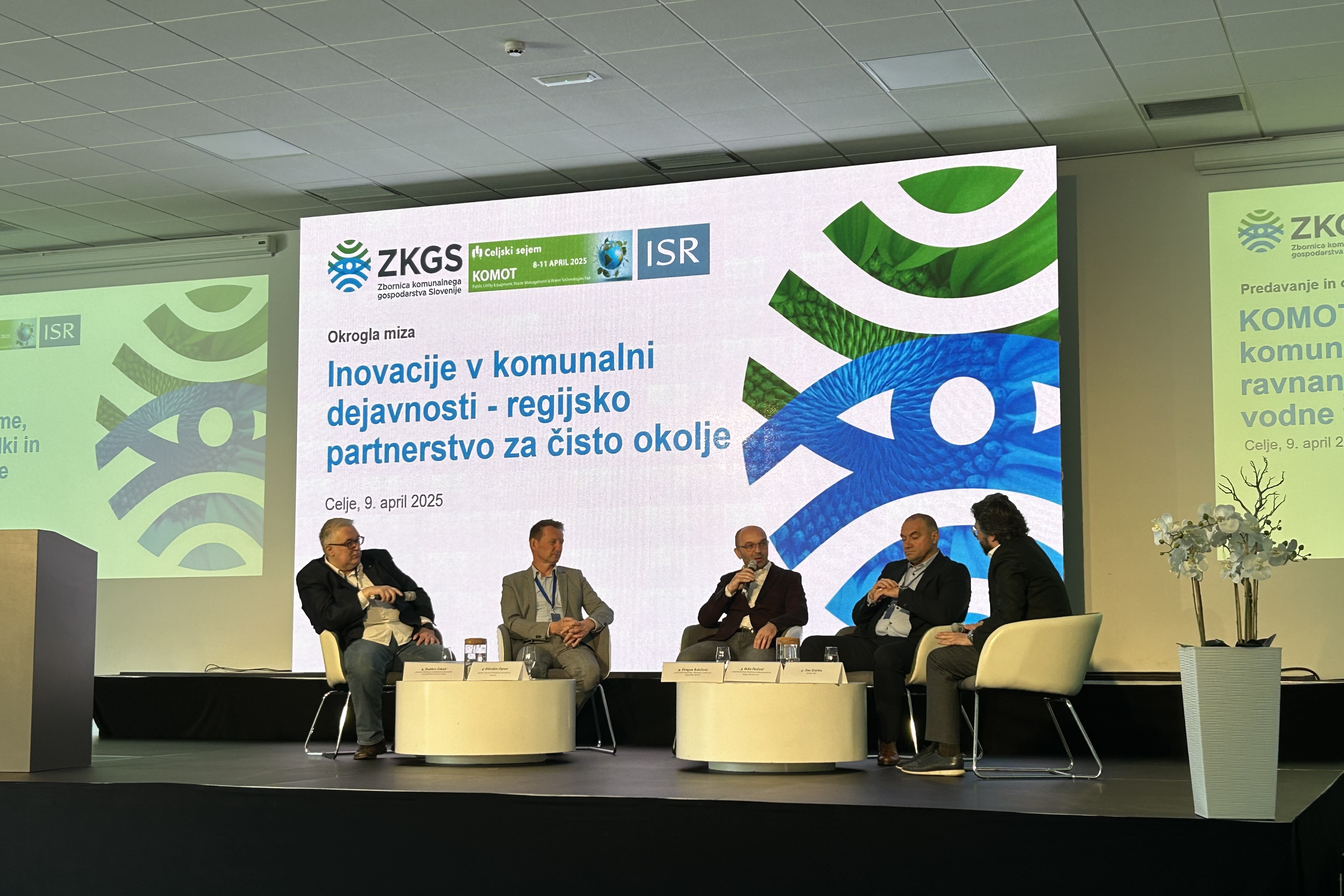Startups in the Region
Balkans Silicon Valley: Dream or Reality?
Steve Tsentserensky
CONTRIBUTOR
What comes to mind when you think of the Western Balkans? Innovation? World-beating tech? Next-gen cars? Or is it fractured political systems, stagnation and brain drain.
Chances are it’s a mixed bag depending on which country you consider. From the standard macroeconomic perspective, they’re all at dramatically different stages in their development – for example, with Slovenia being ahead of Bosnia and Herzegovina by leaps and bounds. But curiously, there is a burgeoning start-up scene in each of the countries in the region. There’s a genuine desire to improve and make things better at home, rather than build out those ideas elsewhere.
Where in the past, a lack of opportunities contributed to sizeable brain drain from the region, nurturing that entrepreneurial spirit among those who stayed, and the up-and-comming young guns can represent an economic turning point in all countries in the area.
The Landscape
For starters, growth is strong. According to the World Bank, the pre-pandemic growth rate in GDP was 3.6% in the Western Balkans and 4% in CEE countries (in 2019). Compared with the meagrely 1.8% for the EU27, you see a region on the rise. Moreover, to quote the economists stationed in Washington, DC: “In 2021, the Western Balkans region is seeing a faster-than-expected recovery from the COVID-19-induced recession.”
The CEE region (which includes Slovenia, Croatia and several others in the Western Balkans) has seen meteoric rise in the enterprise value of its resident corporations. With a valuation boosted from virtually non-existent in 2010 to €186 billion in 2021, the Croatia-founded Infobip is the latest unicorn to arise from the Balkans specifically.
While the region remains a hotspot for outsourcing business processes due to its abundance of IT professionals, VC funding for start-ups as well as funding in general remain challenges throughout the Western Balkans.
To tackle the problem, the European Commission launched the Digital Agenda for the Western Balkans already back in 2018. Focusing on Albania, Bosnia and Herzegovina, Kosovo, Montenegro, North Macedonia, and Serbia, Brussels plans to:
- Invest in broadband connectivity;
- Increase cybersecurity, trust and digitalization of industry;
- Strengthen the digital economy and society;
- Boost research and innovation
Furthermore, EU4Tech PoC was launched in 2020 to “offer support to 40+ promising technology-based projects from the Western Balkans at the ‘Proof of Concept Stage’.”
Country Overview
Given the varying progress, there is, of course, something of a divide in how robust the start-up and tech scenes are from country to country. Still a long way from a cohesive Silicon Valley-type ecosystem, a rift between the proverbial haves and the have-nots has appeared, with a clear line between the leaders and the upand-comers.
Leaders of the Pack
Slovenia, Croatia and Serbia are far and away the standard bearers in the region, and are paving the way for growth throughout the Western Balkans.
Slovenia
2019 GDP: €48.28 billion
Population: 2.10 millionUnicorns: Outfit7
Squarely in the EU, and arguably the most developed of the post-Yugoslav countries, Slovenia’s startup space is robust, perhaps unsurprising given its close ties to Europe. ABC Accelerator is the most well-known incubator, accelerating over 250 start-ups from 30 countries, and named the best regional accelerator in 2017 and 2018.
Slovenia is no newcomer to innovation either. Podim – one of the most influential startup and tech events in the CEE – was started way back in 1980. Veritably, it’s one of the best start-up events in the whole of Europe.
Video game developer Outfit7 is Slovenia’s most notable global success story but not the end to it. Viberate is striving to create the world’s best live music platform. Recently, the fintech Elly (formerly Eligma, with a valuation of €50 million), has raised another €4 million to build out their crypto payment network.
Croatia
2019 GDP: €54.15 billion Population: 4.04 million Unicorns: Infobip
With thousands of kilometres of coastline, tourism is what Croatia is known for these days, with the industry contributing 20% to its GDP. Seaside aside, though, Croatia has become quite the hub for innovation in recent years.
Infobip, a recent entrant into the unicorn club, has become a global powerhouse as a communication platform for business, and expanded into the US with the purchase of Peerless Network. Oradian is a fintech bringing cloud-based banking to emerging markets. Osijek-based Orqa FPV is bringing greater control to first-person view (FPV) drones with their remote controller, video goggles and other products.
You can’t talk about Croatian innovation without mentioning the electric hypercar maker Rimac, who acquired Bugatti and is building a campus just outside of Zagreb in Sveta Nedelja.
Serbia
2019 GDP: €45.89 billion Population: 6.90 million
The most populous in the region, Serbia churns out highly talented engineers and developers every year, making it a top outsourcing location. Startup Genome places the country among the global top 15 for affordable talent, noting that Serbia creates most foreign-direct-investment jobs per million inhabitants. Adding that “the dynamism and knowledge brought into Belgrade by this influx of foreign investment has now begun to percolate through the local start-up ecosystem.”
Agremo has taken advantage of the knowledge at their fingertips, and developed a system that combines aerial imagery and advanced analytics to help farmers maximize profits and performance in agriculture. Start-ups like them are navigating the market with the help of initiatives like the Startup Centar and accelerators like Katapult that offer guidance and funding opportunities.
Up-and-comers
The reason why Slovenia, Croatia and Serbia are the vanguards of the growing start-up scene can be summed up in one word: stability. While not perfect, each country enjoys a basic level of stability that makes investment and new businesses inherently less risky. BiH and Kosovo are still working on that front.
Despite these setbacks, things truly are happening.
Bosnia and Herzegovina
2019 GDP: €18.00 billion Population: 3.28 million
With promising hubs emerging in Mostar and Sarajevo, there’s plenty potential but not nearly as much clarity. The impeccable location, and the ease of collaboration with cross-border counterparties, imply BiH should have no difficulties moving to the right direction – but only time will tell.
In the meantime, there’s ZenDev, a software development firm founded by the Bosnia-and-Herzegovina-born Senad Santic and a partner, which is based in both Gothenburg, Sweden, and Mostar, BiH. Also, Sarajevo is the home of Ministry of Programming, named one of the ‘Technology Fast 50 in Central Europe’ by Deloitte in 2019. Add to that an incubator such as Intera Technology Park, and the building blocks for growth are surely there.
Kosovo
2019 GDP: €7.08 billion Population: 1.87 million
Kosovo has the longest way ahead but fortunately, success stories are popping up from every direction. The best example of what’s possible despite geopolitical difficulties is the Innovation Centre Kosovo. They’re at the forefront of developing an environment of genuine innovation in Kosovo, having worked with 390 startups to develop north of 450 products. Successes include Frakton, a software-development company of Pristina, and Gjirafa, an Albanian-language search engine that has already received $6.7 million in funding
Challenges
It’s not all roses and sunshine, though. Western-Balkans countries are facing some difficult challenges on the way to transforming the region into a more robust tech hub. Brain Drain: It’s no secret that these states have a hard time keeping their best and the brightest, some more so than others. Stemming the flood of emigration is critical in building a Silicon Valley-like place.
Wages: The main reason why talented engineers, developers and their kin are the ones leaving. They can make multiples of their local salaries in other countries, and their services are highly sought-after these days. Funding: While there are funding mechanisms and options available, it’s not enough yet. Without access to finance, wages can’t rise enough for dissuading people from leaving. Joanna Nagadowska of Google for Startups points to a brighter future, though: “Successful CEE tech startups are attracting the attention of international investors and activating the positive flywheel, providing a base for the next generation of successes.”
So, Dream or Reality?
Why not both? After all, Rome was not built in a day, and neither was Silicon Valley, for that matter. A dream becomes reality only when people begin transforming their imagination into tangible gains, real wins. The Western Balkans have proven time and time again, country to country, that they are rich in talent and ambition. Moreover, companies like Infobip and Rimac have chosen not to relocate to “greener pastures”, finding the pastures are well-watered in Croatia. Stories like this only make the region more attractive for investment, and inspire the next generation of entrepreneurs to stay and build here.
THE ADRIATIC
This article was originally published in The Adriatic: Strategic Foresight 2022
If you want a copy, please contact us at info@adriaticjournal.com.









